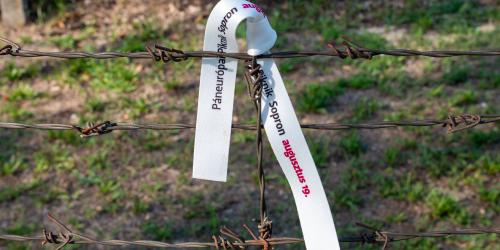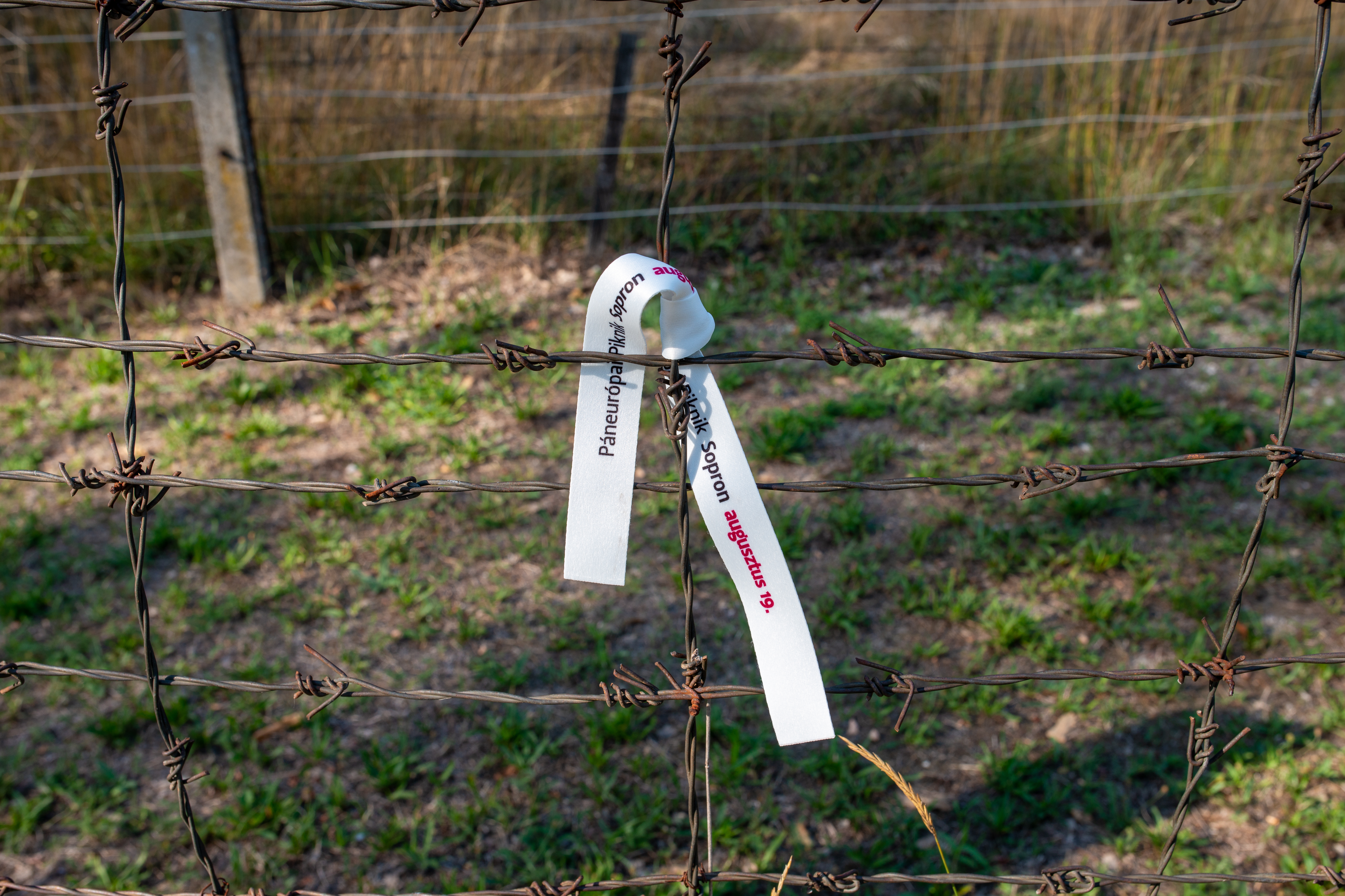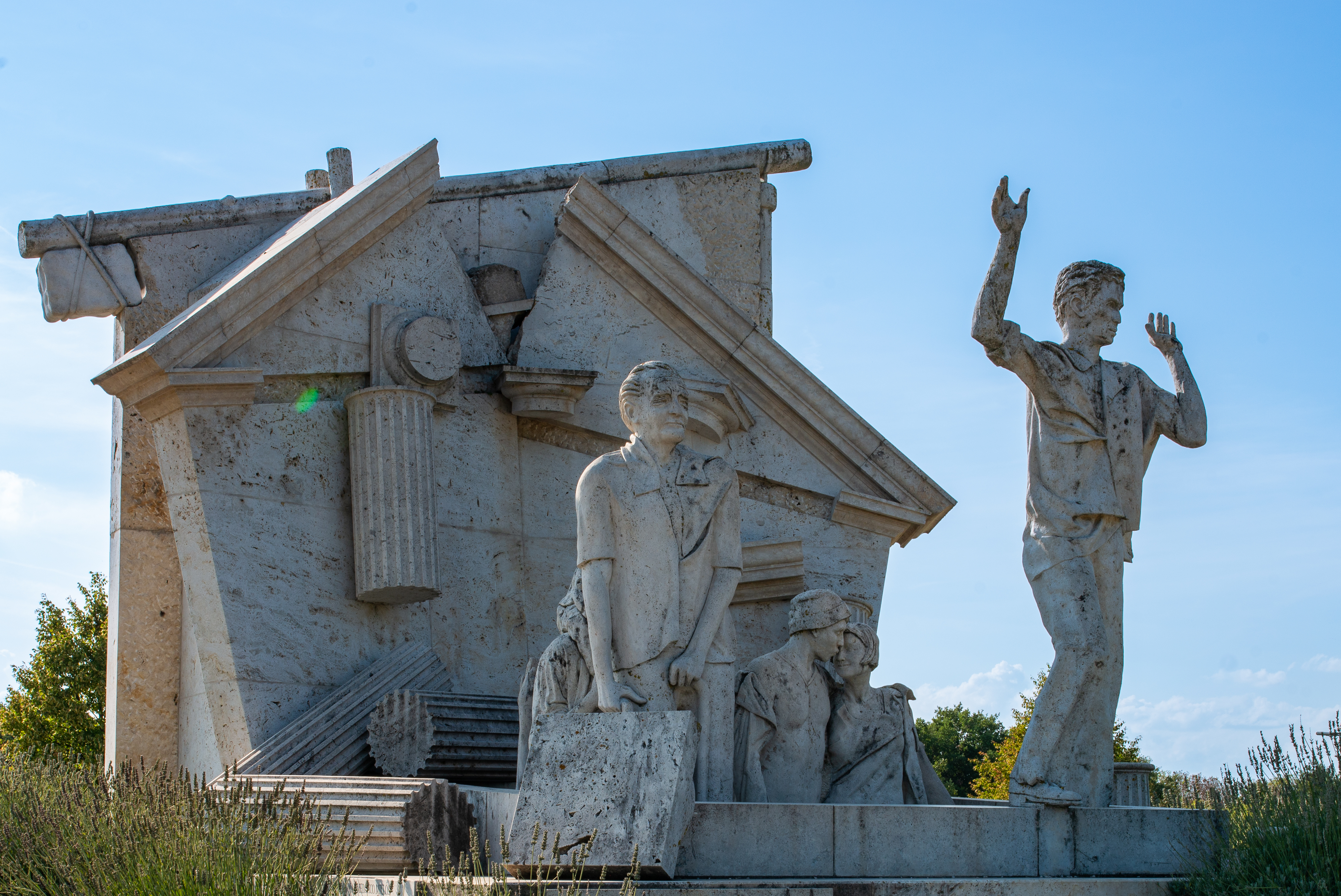
10 days - 10 countries. Stage 23: Pan-European Picnic Hungary/Austria
10 days - 10 countries
A journey through eastern Europe
Stage 23: Pan-European Picnic Hungary/Austria
Months before the borders were opened in Berlin on November 9, GDR citizens broke through a border gate on the Hungarian-Austrian border near Sopron on the occasion of the Pan-European Picnic on August 19. They were followed by several waves of fugitives. In total, up to 700 GDR citizens dared to cross the border that day.
The Pan-European Picnic was part of the process chain that led to the fall of the Berlin Wall in 1989. Although its actual relevance is often overestimated, the political events in Hungary in the years leading up to 1989 were central to the fall of the Iron Curtain and thus to the transformation process in East Germany.
Hungary was far more liberal than, say, the GDR or ČSSR. West and East German vacationers met on the beaches of Lake Balaton. In 1988, the country issued the so-called world passport to its citizens, allowing them to travel freely internationally. In 1989, Hungary became the first Warsaw Pact country to join the Geneva Refugee Convention. Months before the Pan-European Picnic, Hungary began dismantling the border fence with Austria. It was simply too expensive for the government to repair.
Meanwhile, democratic forums were being formed. They came up with the idea of a Pan-European Picnic, a symbolic opening of the border. With this, the oppositionists wanted to test how far they could go before the Soviet army would intervene. Finally, despite all the developments, there was a fear that the events of 1956 might be repeated.
Flyers were distributed, including to GDR vacationers at Lake Balaton. Quite a few understood the message and made their way to Sopron. However, only a fraction dared to make the breakthrough. After all, the danger was far from over. On August 20, 1989, the Weimar architect Kurt-Werner Schulz was shot while trying to cross the border near Sopron. He was the last casualty of the Cold War.
At the Hungarian-Austrian border we meet Wolfgang Bachkönig. He was a police officer of the Republic of Austria in 1989 and witnessed the events. At the scene of the events he tells how Hungarians and Austrians helped together at that time. It is this solidarity and connectedness that a European transformation - and a Future Center in Jena - must build on.
Text: Tobias Schwessinger & Christian Faludi
Photos: Christian Faludi
About the background of the trip:
https://rathaus.jena.de/de/von-jena-aus-10-laender-10-tagen


